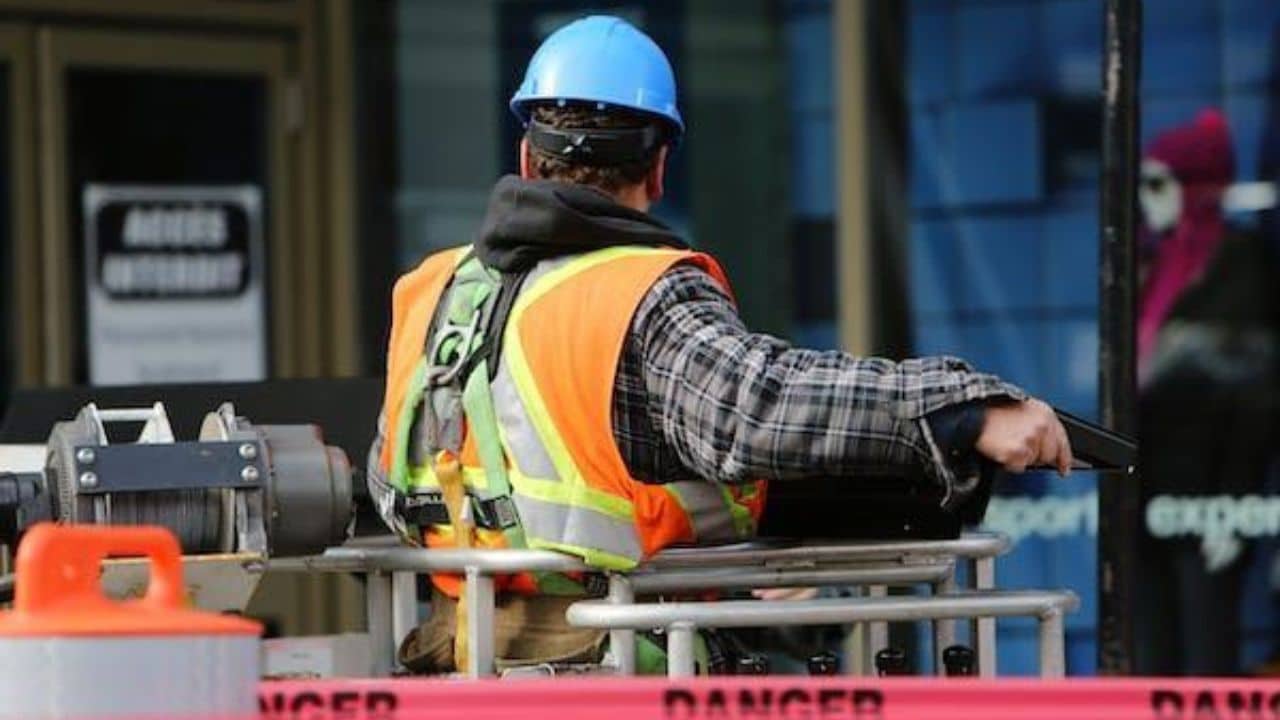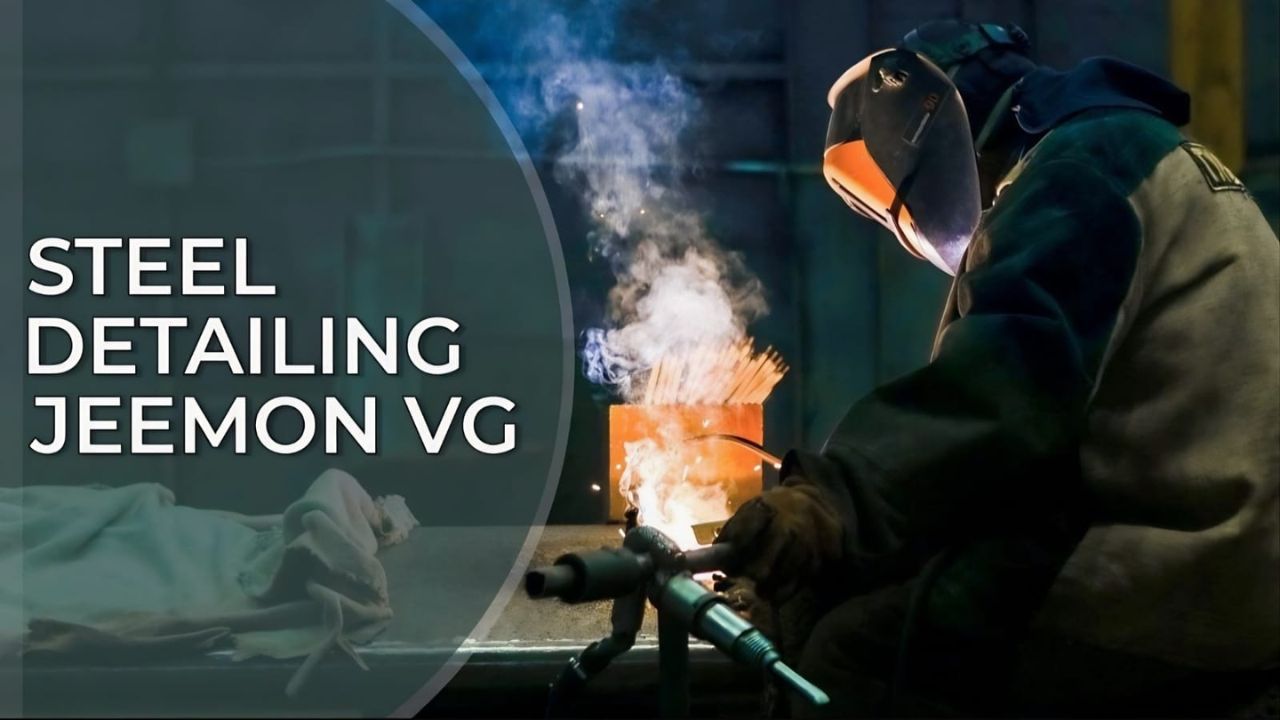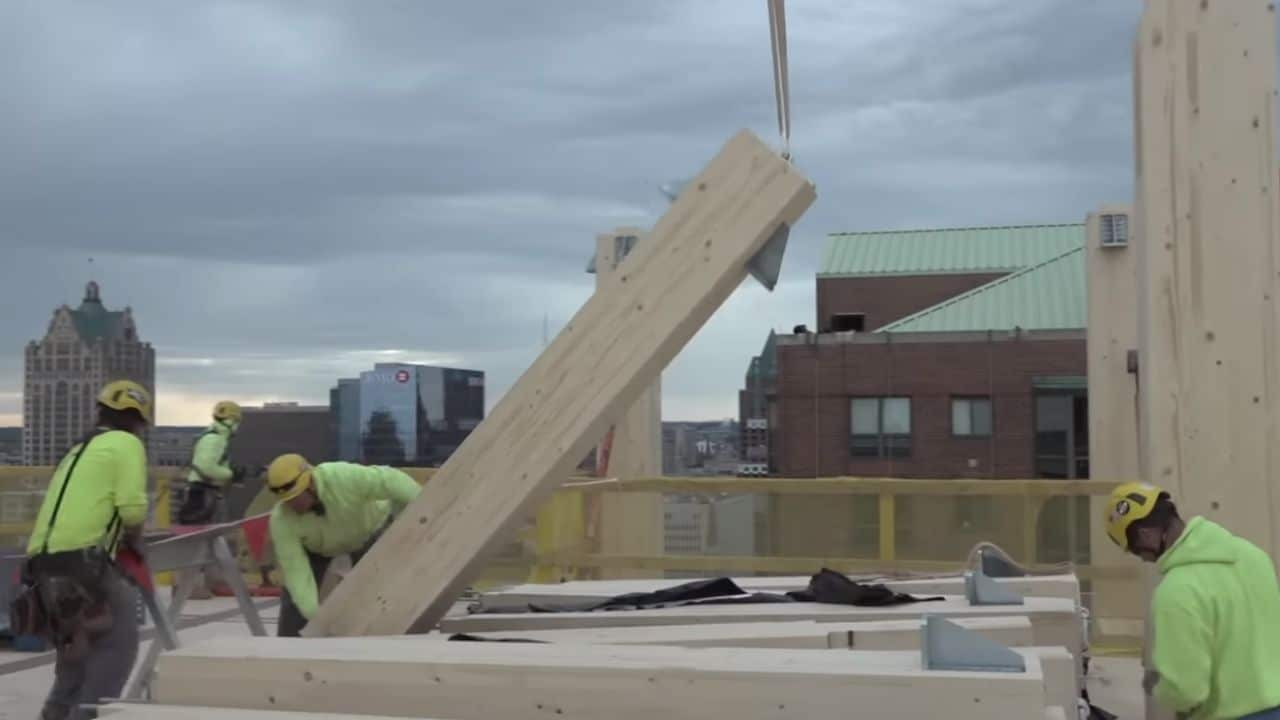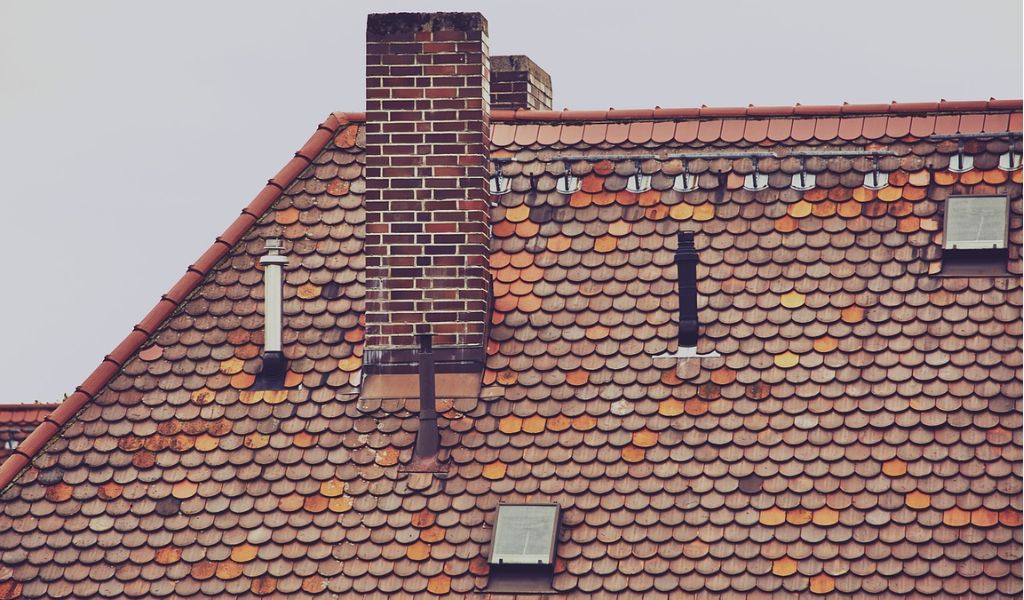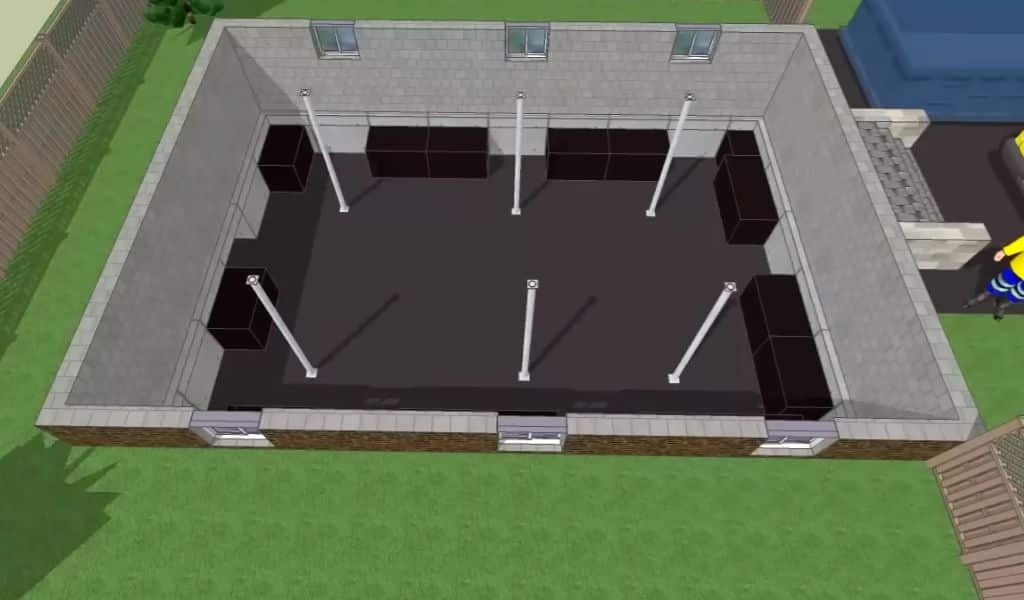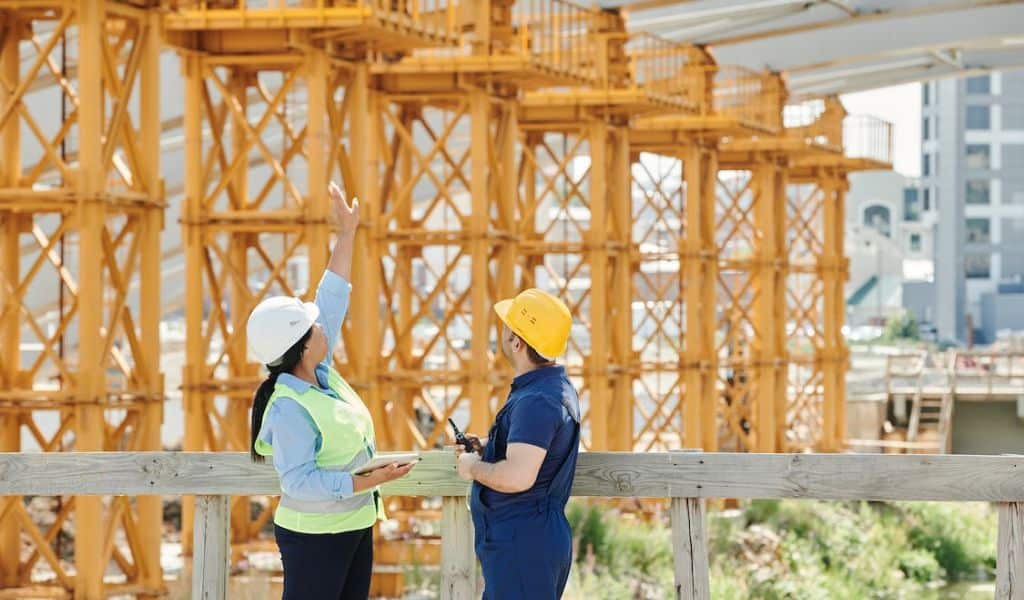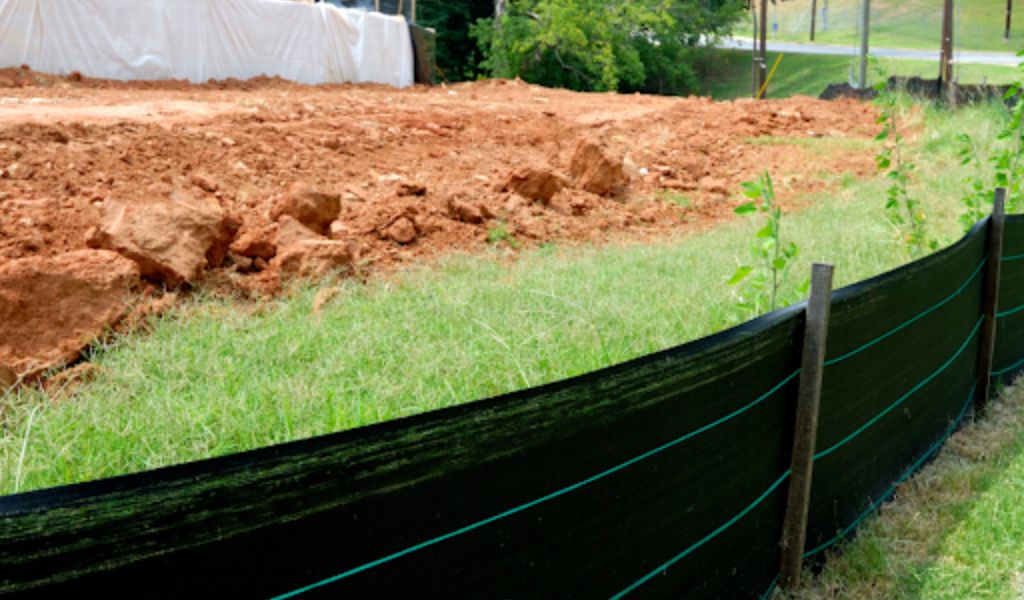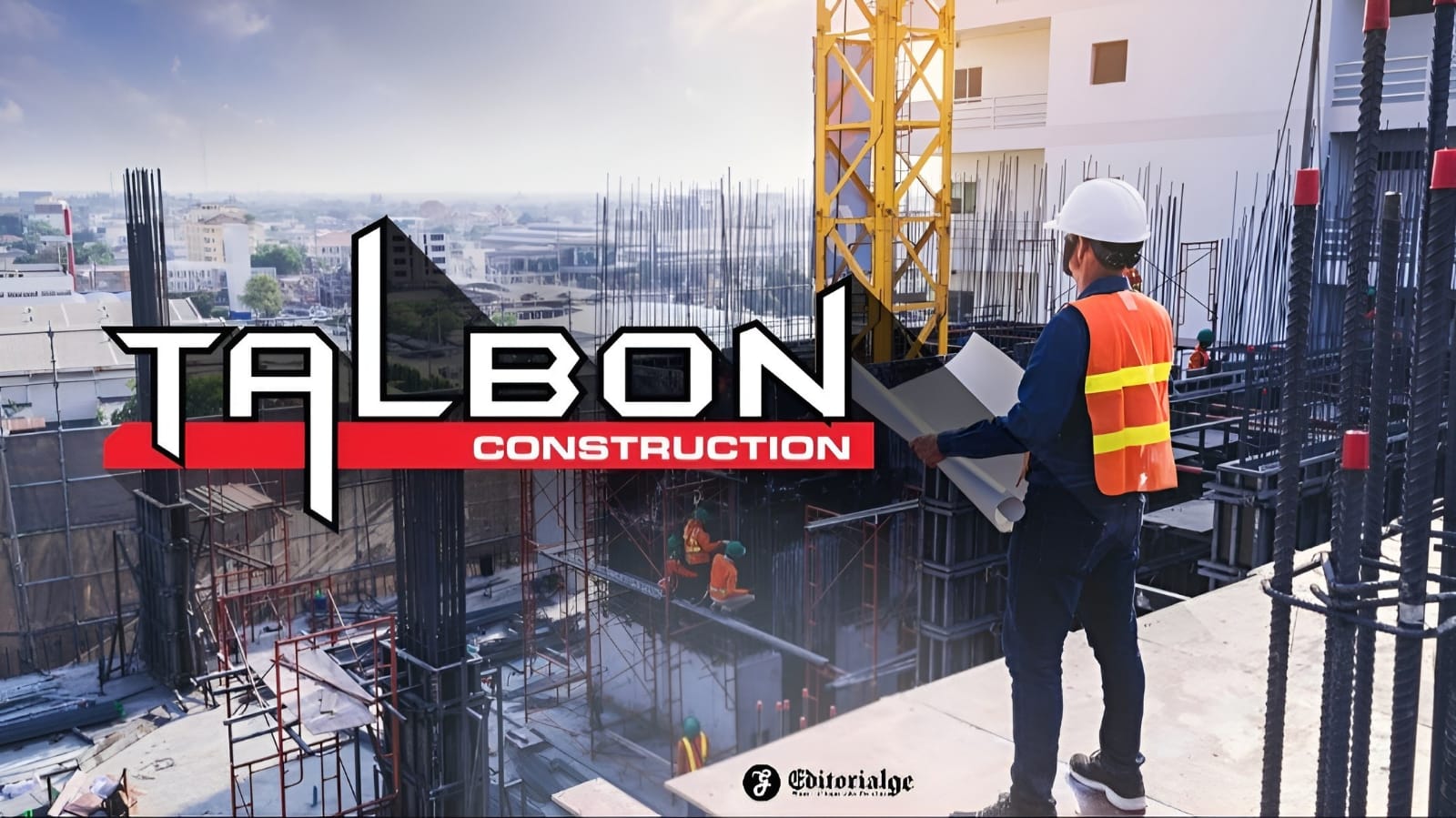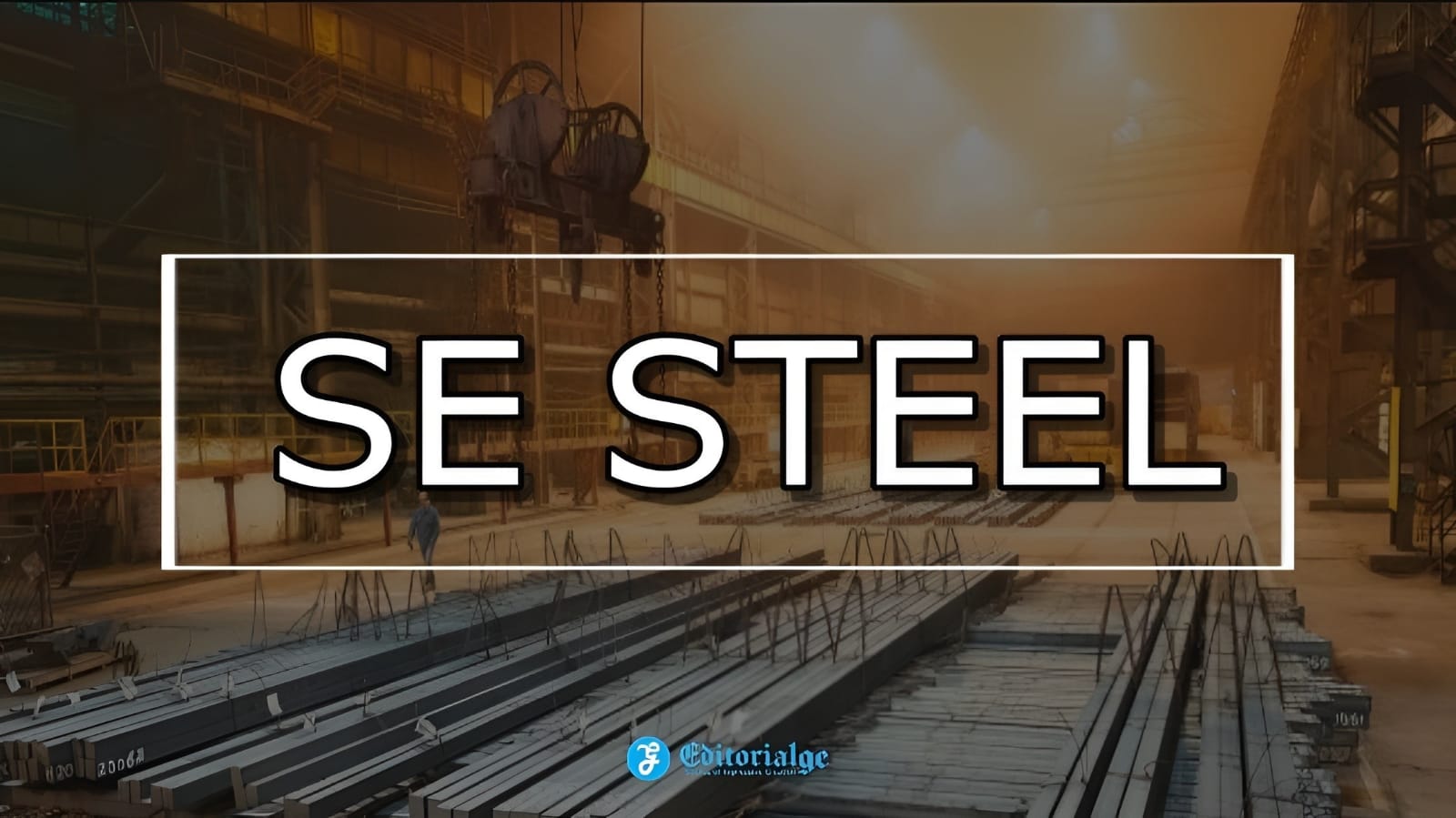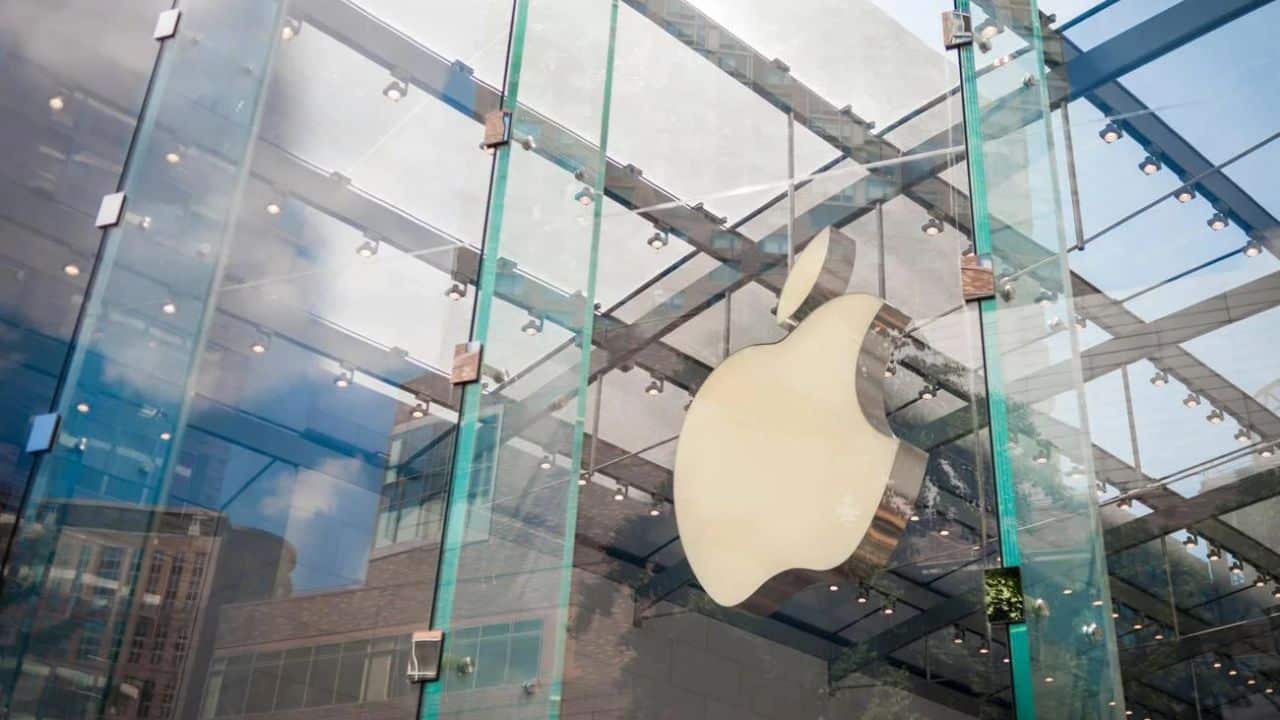In the fast-paced world of construction planning and design, technology plays a pivotal role in shaping how projects are conceived, executed, and completed. By capturing precise and accurate digital representations of physical spaces, reality capture provides architects, engineers, and construction professionals with a wealth of benefits that enhance their work’s efficiency, accuracy, and overall quality. This article will explore the numerous advantages of reality capture in construction planning and design brought by software tools like Openspace AI. Without much further ado, here are the top seven things you should know about!
-
Accurate Documentation
Accurate as-built documentation is crucial in construction projects, serving as a reference for planning and design. Reality capture technology ensures precise measurements and documentation of existing structures and spaces. By capturing detailed 3D models, point clouds, and high-resolution images, professionals can create accurate as-built documentation that eliminates the need for time-consuming manual measurements and reduces the chances of errors or discrepancies.
-
Improved Collaboration and Communication
Collaboration is essential in construction projects, and reality capture technology greatly enhances communication among architects, engineers, and construction professionals. The ability to create digital representations of physical spaces provides a common reference point for all stakeholders, improving understanding and facilitating effective collaboration. Furthermore, reality capture enables virtual walkthroughs, allowing project teams to visualize design intent and identify potential issues more efficiently.
-
Streamlined Design and Construction Processes
Integrating reality capture data into Building Information Modeling software streamlines design and construction processes. Designers can create accurate and detailed 3D models using the captured data, enhancing design visualization and enabling better decision-making. Including reality capture in the design phase helps reduce the need for rework and optimizing construction processes. Merging captured data with BIM models helps identify inconsistencies or conflicts between building systems.
-
Enhanced Safety and Risk Management
Safety is a paramount concern in construction, and reality capture technology contributes to enhanced safety and risk management. By capturing and analyzing data, professionals can identify potential safety hazards and assess risks more effectively. Virtual simulations and analysis of construction sequences allow for identifying safety concerns, leading to proactive mitigation measures. By optimizing construction processes and identifying potential issues beforehand, reality capture helps reduce on-site risks.
-
Improved Project Efficiency and Cost Savings
Efficiency is a crucial driver of successful construction projects, and reality capture significantly improves project efficiency. Accurate as-built documentation, enabled by reality capture, reduces the need for rework and redesign, saving valuable time and resources. The early identification of design conflicts through clash detection minimizes costly delays, ensuring smooth project execution. With streamlined construction processes, projects can be completed more efficiently, leading to cost savings for stakeholders.
-
Increased Accuracy in Quantity Takeoffs and Cost Estimation
Accurate quantity takeoffs and cost estimation are essential for project budgeting and financial management. Reality capture technology enables precise measurements, resulting in more reliable quantity takeoffs. Accurate data helps project teams make informed decisions, reducing the risk of budget overruns. By eliminating manual calculations and potential errors, reality capture enhances cost estimation accuracy, benefiting both contractors and clients. Additionally, clients can visualize the project, making it easier to provide feedback and make necessary adjustments.
-
Improved Project Documentation and Facility Management
Reality capture provides a comprehensive digital record of the construction project, serving as a valuable asset for facility management and future renovations. The detailed 3D models, point clouds, and images captured during the planning and design stages can be used for facility documentation, maintenance planning, and space management. This information becomes invaluable for ongoing operations, renovations, or future expansions, as it allows for accurate visualization and understanding of the existing infrastructure.
Conclusion
Reality capture has brought numerous benefits to construction planning and design. By leveraging reality capture tools, construction professionals can save time, reduce errors, improve communication, and optimize project outcomes. As the industry continues to embrace technological advancements, reality capture is poised to play a pivotal role in shaping the future of construction planning and design.


